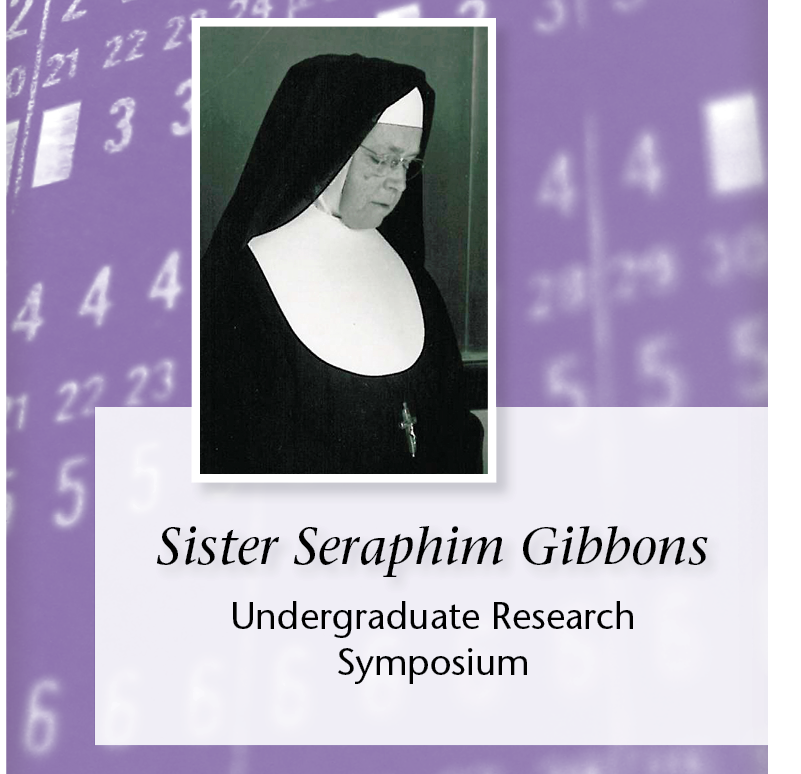An Enantioselective Aldol Reaction using a Chiral Organocatalyst
Faculty Advisor
Dr. James Wollack
Department
Chemistry
An Enantioselective Aldol Reaction using a Chiral Organocatalyst
Organocatalysts are organic compounds containing carbon, hydrogen, sulfur, and phosphorus that accelerate the rate of a chemical reaction. Organocatalysts can often be made at low cost and have lower levels of toxicity than many metal based catalysts. This makes them more environmentally friendly and excellent green chemistry targets. Using “green” catalysts is especially important when synthesizing pharmaceuticals since extensive testing must be completed to ensure that all traces of catalyst have been removed before a synthesized drug is given to a consumer. In this experiment, a prolinamide based organocatalyst is synthesized and reacted with acetone and 4-nitrobenzaldehyde to undergo an enantioselective Aldol reaction, producing an beta hydroxy carbonyl compound. This is especially important because the resulting product has a substantial excess of the S enantiomer.
